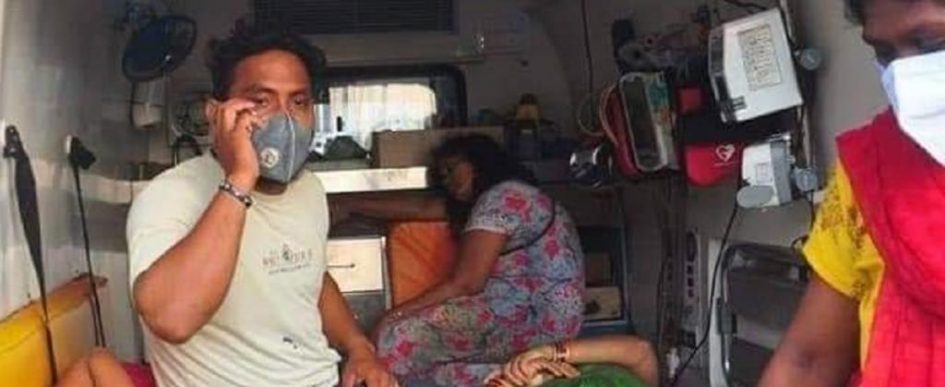By Soundaram Ramanathan
Last Updated: Saturday 09 May 2020
The levels of styrene (C8H8), a volatile organic compound, were 2,500 times higher than the limits prescribed by regulators on the day of the Visakhapatnam gas leak and the day following it, an analysis by Centre for Science and Environment (CSE) has found.
Styrene levels in the region were more than 2.5 parts per million (ppm) on the evening of May 7, 2020, according to media reports. It should be less than 5 parts per billion (ppb) according to rules.
“Styrene in air yesterday when the leak was occurring could have been over 20 ppm up to 2 km of the plant, assuming an hour’s leak. This significantly high levels of pollutant dispersion could have led people to fall unconscious,” Awkash Kumar from the Indian Institute of Technology, Mumbai, and an air pollution dispersion modeller, said.
In his study, Kumar assumed the storage tank’s capacity to be three kilo tonnes. The leakage happened from a 10 cm diameter opening for one hour, in his view.
Styrene Pollutant Dispersion Analysis

Note: The study has made the following assumptions –
Inversion – 100m, Class F Stability, Temperature in tank 18 degree Celsius and weather parameters
Source: Dr. Awakash Kumar, 2020
Styrene, a likely carcinogenic chemical, can enter the human body through the skin, eyes, and predominantly through respiration. It gets absorbed into the blood more through alveoli in lungs.
It takes longer for styrene to get absorbed into the blood from the lungs, compared to other organic compounds. Studies have found 86 per cent of the styrene which enters the body to get excreted via urine.
The accumulation of non-metabolised styrene affects one’s health. It can particularly irritate eyes, cause hearing problems and irritate the gastrointestinal track.
Chronic, longer exposure can affect the central nervous system. So far, human studies on styrene toxicity have been few.
Amaravati and Visakhapatnam
The real-time ambient air monitoring stations network of the Central Pollution Control Board (CPCB) monitor three volatile organic compounds (VOCs) – Xylene (C8H10), Benzene (C6H6), Toluene (C7H8) – in Visakhapatnam district, 14 km downstream of the spot where the gas-leak incident occurred.
These pollutants are monitored on a continuous basis by the board every 30 minutes. CSE analysis of this data shows xylene levels up to 18 ppb, toluene levels up to 35 ppb and benzene levels up to 12 ppb.
These are significantly higher than the levels recorded in Amaravati, the capital city of Andhra Pradesh, located about 400 km south of Visakhapatnam during the same time period.
Historic data suggests such high levels of VOCs as a usual phenomenon in the ambient air at Vishakhapatnam. The standard for hydrocarbons in the ambient air is 5 ppb (annual average) according to the CPCB ambient air quality standards.


Monitoring VOCs is key to ensuring safety and health. According to the American Lung Association VOCs are “harmful by themselves, including some that cause cancer. In addition, they can react with other gases and form other air pollutants after they are in the air.”

स्वास्थ्य से जुड़ी सभी खबरें हिंदी में पढ़ें।vizag gas leakstyrenestyrene gas leakVISAKHAPATNAMHealthIndiaSubscribe to Weekly Newsletter : Donate Now
Last Updated: Saturday 09 May 2020

The World Health Organisation rejected ‘findings’ of some scientific publications that smokers were at lower risk of being affected by the novel coronavirus disease (COVID-19). “We know COVID-19 is a respiratory disease and smoking affects lungs. Smokers may develop more severe disease. They are also at higher risks of availing intensive care unit facility and death,” WHO technical lead Maria Van Kherkhove told journalist May 8, 2020.
- Regarding remdesivir, WHO did not yet say it could be a potential therapy, noting the large-scale multi-country soildarity trial underway on which a decision would depend. The United States Food and Drug Administration has given emergency authorisation to the drug.
- The global tally of cases positive to the SARS-CoV-2 virus was at 4,026,838.
- India’s tally was at 59,662 cases.
- courtesy Downtoearth

Leave a Reply